Rhino Slider EVO + Motion Review: On Location In Muir Woods
Rhino Slider EVO + Motion Review: On Location In Muir Woods
It’s been about 4 years, 7 months and 18 days since I’ve used a slider. We have a complicated relationship. I love the shots a good slide can produce, but in my travels, I can rarely justify carrying the extra weight and equipment to get that shot. So my slider continues to gather dust in the closet. In my around the world time lapse videos, I chose to add the pan and zoom effect in post (losing the beautiful parallax effect of a real pan or zoom), because I could setup, compose and start shooting in less than a minute when I found something worth capturing. I could also fit my entire kit in a small messenger bag.
With the amazing 5-axis stabilization system found on the Olympus EM-5 Mark II and the Sony A7II (my current travel camera), I could fake a slide shot hand-held if it was just a short 1-2 second clip. There were times when I wish I could have just nailed that shot in one take if I had a slider with me. So every so often, I’d start doing some research and come back with the same conclusion that I could not justify the hefty price tag for a solid, lightweight slider or the weight and burden of carrying all the extra equipment with me. Back to square one.
When Rhino Camera Gear offered to send me a beta of their new Rhino Slider EVO and Rhino Motion motor system, I looked at the design and specs online and found it to be quite promising. The whole system looked really compact and lightweight since it was just two carbon fiber rails attached to an end piece with some adjustable legs. It couldn’t have weighted more than 5 lbs – Rhino told me it was 4 lbs. I told them to send it.
When the package arrived, I ripped it open to find just 3 items. The slider, a controller, and the motor. Straight from the box, it took me no more than 2 minutes to adjust the legs, attach the motor to the slider and plug it into the controller. A few clicks later, I was manually controlling the slider with the controller wheel. Oh boy. I know it was just a plate moving back and forth on two rails, but I was blown away at how simple it was to control the speed and direction of the movement. Turn the wheel more to the right, the faster it went. Turn it left and it switches direction. This preoccupied me for a good 5 minutes. Literally 5 minutes of moving the wheel and oohing at a moving plate. It only dawned on me that this point that I didn’t need to plug this thing into another power source. The juice came from the controller.
Into The Woods
To do a real world test, I brought the slider along to shoot a short video about running (this will be up soon) in Muir Woods. I kept my gear list quite simple for the project.
- Sony A7II + Nikon 35mm f/1.8 + Kipon Tilt Nikon to NEX adapter
- Xcam Sabre Stabilizer
- Rhino Slider EVO Carbon 24” + Rhino Motion + Manfrotto 498RC2 Ball Head
With the adjustable all-terrain legs, I left my tripod at home and hoped that I would be able to balance it on the uneven surfaces or even brace the whole thing against my body if I wanted a higher vantage point. This worked out terrifically and something you don’t often see on other sliders.
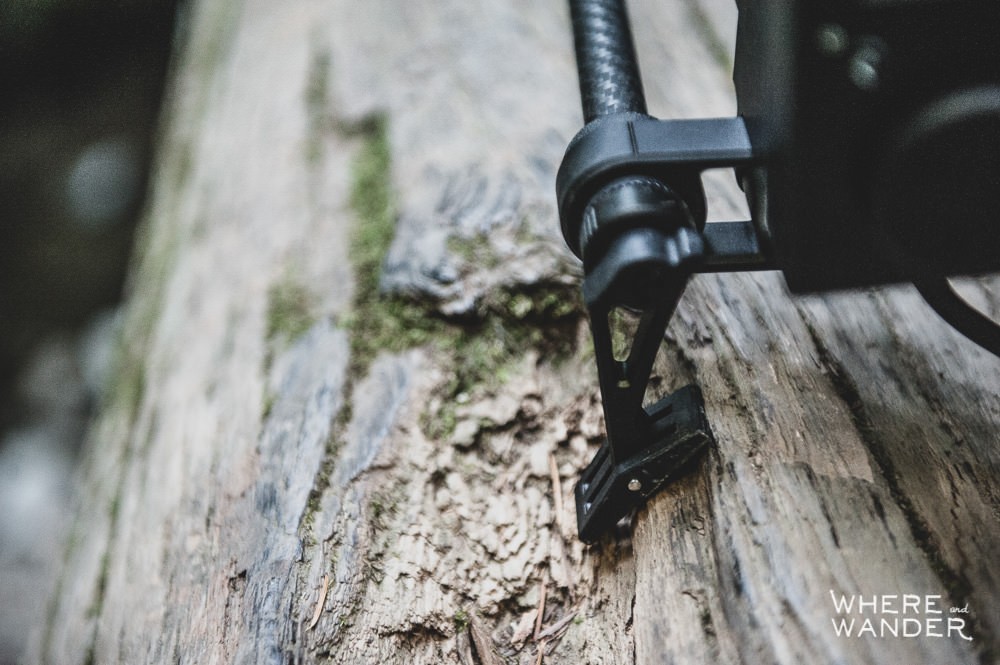
Adjusting the knob allowed me to loosen the legs and get it into a sturdy position. The flexible foot then just rotated as necessary. I was able to balance this pretty quickly and easily on an uneven downed tree and a rocky creek bed. Most adjustable legs from other sliders don’t have this pivoting feature.
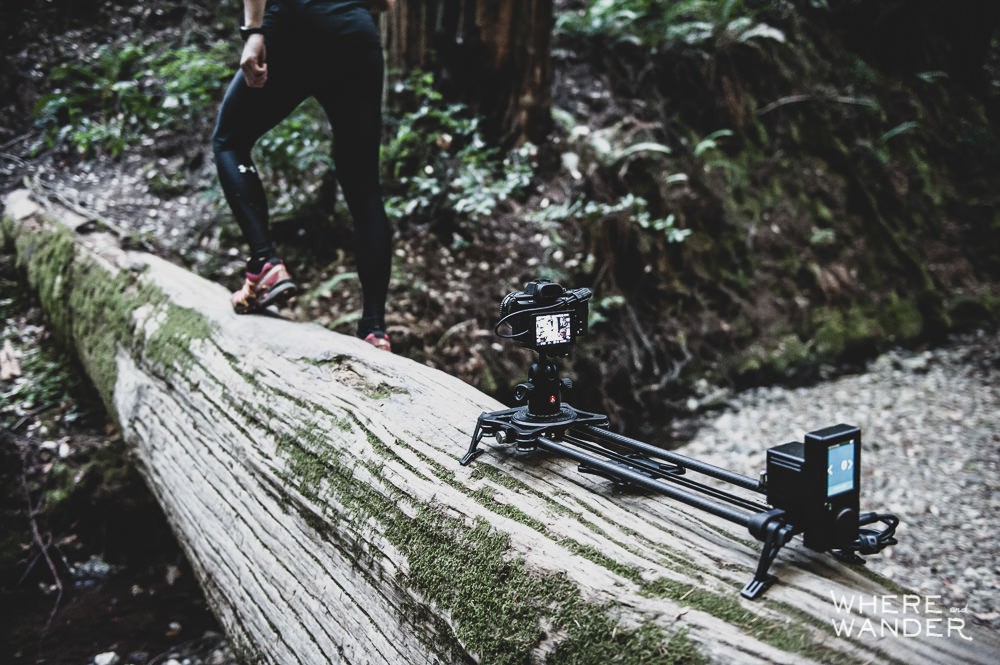
Another usual feature I really liked while shooting was the magnetic back on the controller that allowed it to snap right onto the motor. It comes off easily enough, but didn’t fall off while I was carrying the whole unit and moving around. The slider plate itself has an metal adjustment knob that tightens up the plate so that it stays still when you’re moving. The plate has a standard 3/8” in the center where I mounted my ball head. The Sony A7II is lighter than most DSLRs, but I doubt the slider would have any problems with a heavier camera.
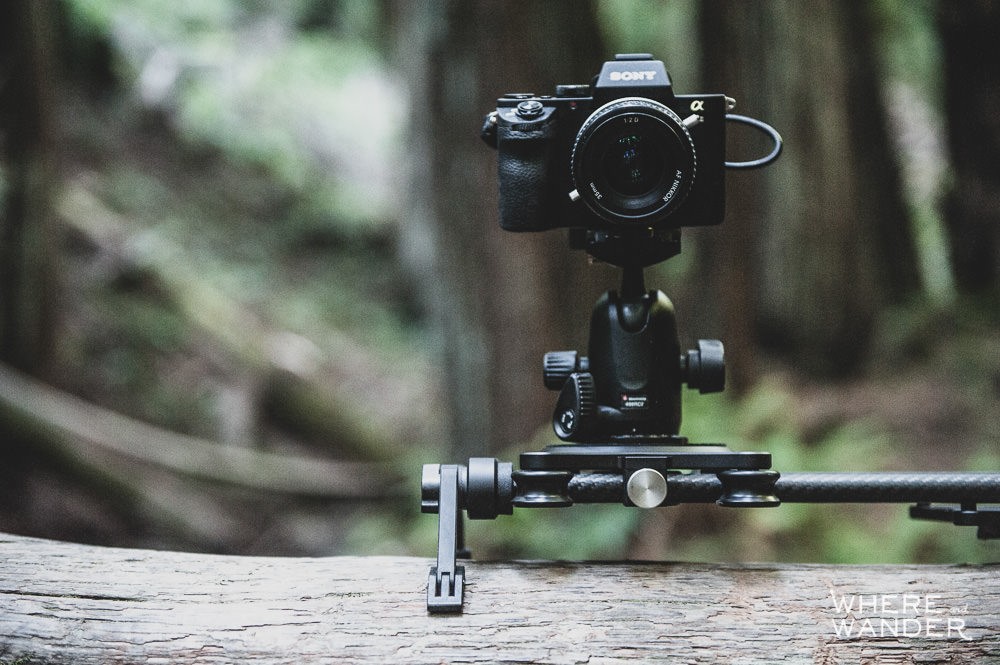
Setup
Walking around for several hours with the slider, I was holding onto it in every position. I can say that it felt really nice to hold. The construction is top notch and the flat black and carbon fiber design just makes this slider look very professional. When it was time to shoot, I grabbed the controller and the motor out from my backpack and quickly attached it in no more than 15-20 seconds. The motor fits onto a square drive that’s connected to a belt that runs in between the two rails and stays in place when you tighten the two knobs on the end piece.

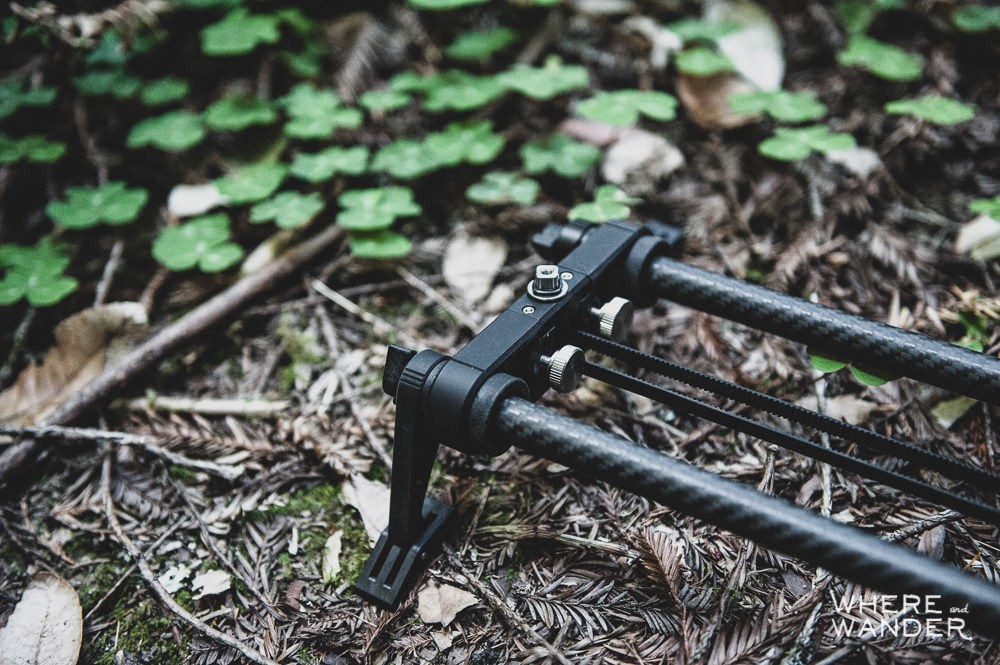
For this on the fly type of shoot, I didn’t use the time lapse feature, but just controlled the slide manually with the control wheel. When you first use the wheel, it will “calibrate” itself and run to the end of the rail so that it knows where to stop without hitting into the other end. This is a thoughtful feature and only takes about a couple of seconds to complete. By controlling the slide manually, I was able to very quickly time a shot by feel and adjust the speed on the fly if necessary. When you’re trying to time a perfectly placed runner’s step with a forward sliding focus, this feature could not be more useful.
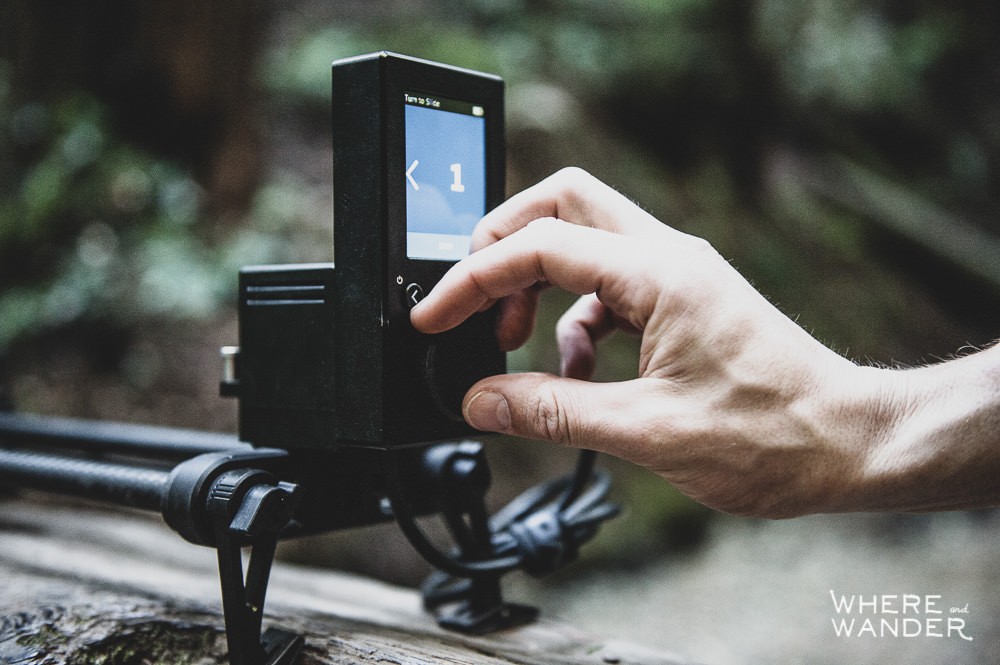
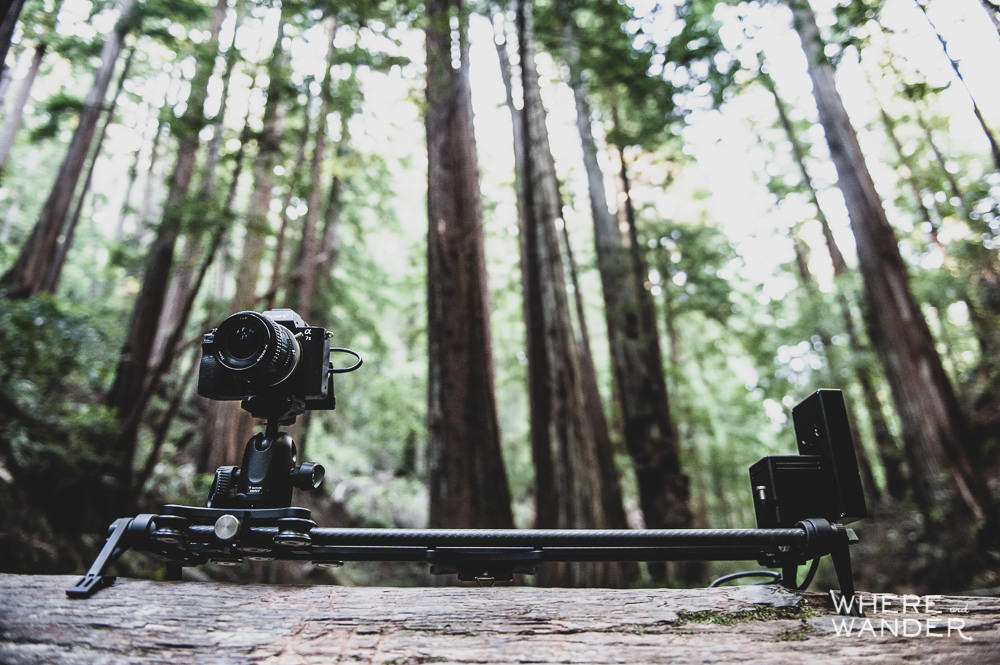
The one thing that I was concerned about prior to taking the slider out was the thin belt between the rails since it seemed so unprotected. I was worried about snagging it along something and having the belt just snap off. Surely enough, the belt went slack the first time I tried using it causing a very real moment of panic. Luckily, the modular aspect of the system meant that the belt itself could be taken off if necessary and tightened back on with yet another perfectly placed metal knob underneath the slider plate. It had just come loose so I simply put the belt back into the slot and tightened it. Ready to go.
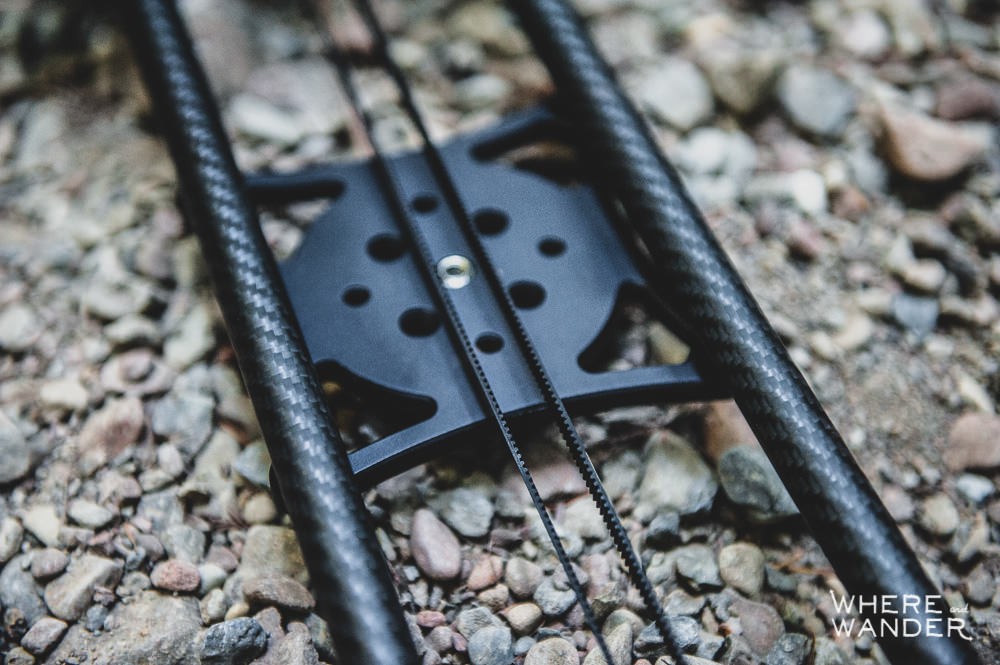
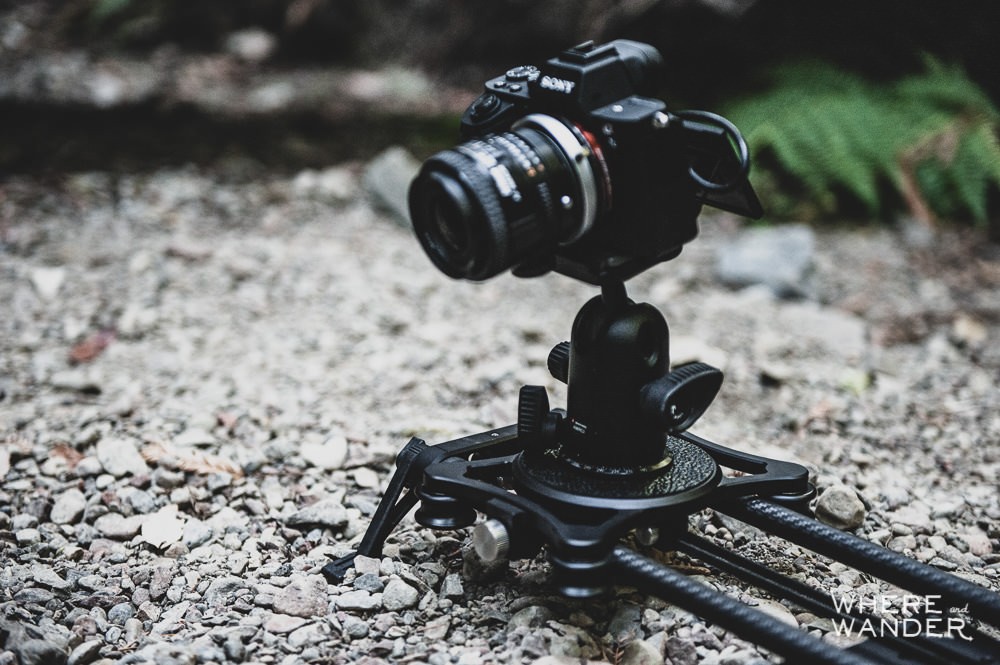
Movement
The slide action is very smooth and consistent. With the wheel, I can ramp up or down as need without any sudden movements. There is a noise from the motor action that would probably be picked up by an onboard or nearby mic, but that’s not really a problem for me since I record my audio separately. It’s worth pointing though out that while it’s not loud, it’s audible. Rhino offers a flywheel that attaches to where you would otherwise attach the motor to allow for a dampened and silent manual slide. In the field, I can see this being useful at times if I don’t want to carry the extra weight of the motor and the controller, which collectively weigh about 5-6 lbs. If there’s something I wish could be lighter, it would be the Motion controller and motor. I’m not an engineer so I don’t even know if you can cut much weight off the unit. I did wonder if Rhino could potentially move the power supply into the motor itself and replace the controller all together with an app that can be controlled via bluetooth smartphone. I can see this making the system even more compact, but you would then lose the tactile response and control of the wheel (which I love). Cake. Eat it too. I want it all.
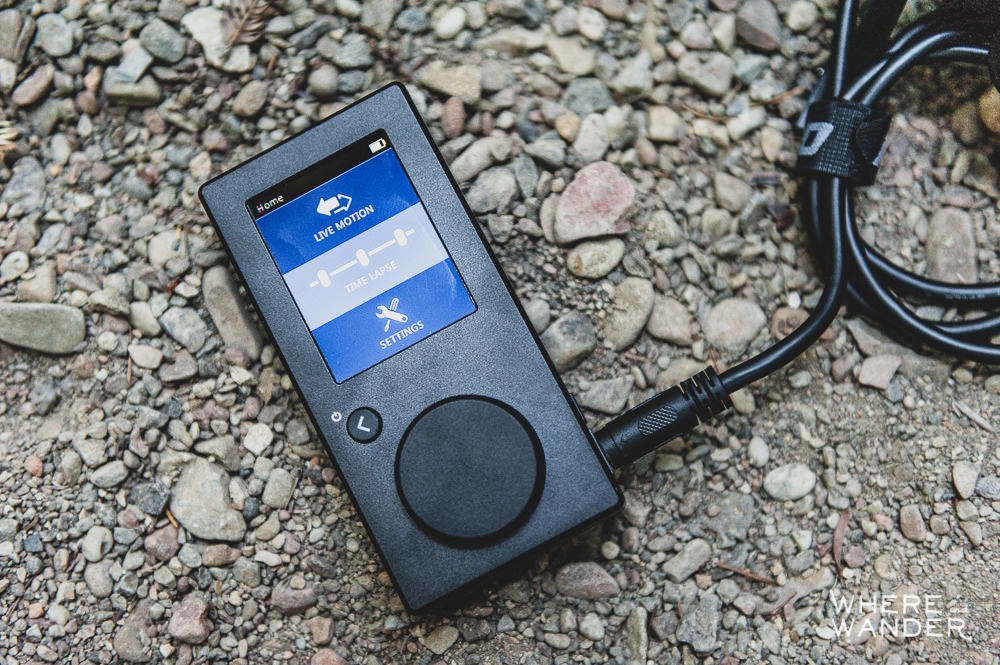
The battery life on the controller is great. I used it for several hours playing with it at home and during the shoot, straight out of the box. Based on the indicator, it looked like there was still an 80% charge. I’ll test it out a bit more, but if it holds the way it does, I could conceivably taking the unit without the charger even on multi day trips away from home.
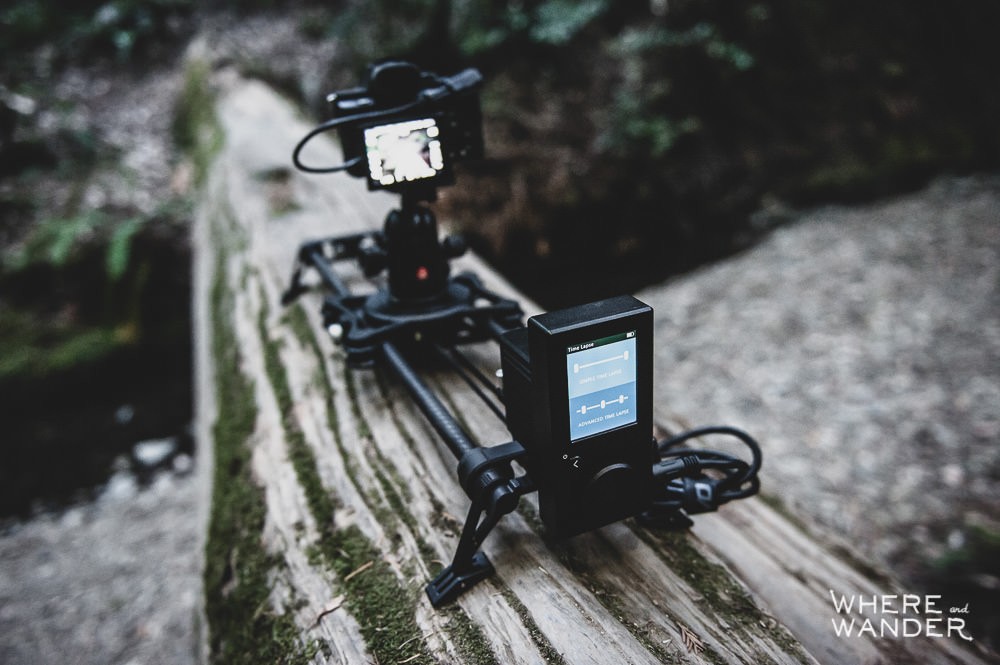
Another feature I found really useful was the ability to create a “move” with the option to set the range, duration, ramp and loop. It took a few minutes to figure this out, but once I was able to set it on a loop, I actually handheld the whole slider and used it as a jib/slider combo bracing one end against my body and holding the other end out. As my runner was coming into the scene, the plate would move forward while I held the whole thing at a 45 degree angle pointing downwards. It was light enough to hold, but heavy enough to hold steady. This was probably not how it was intended to be used, but it worked for me.
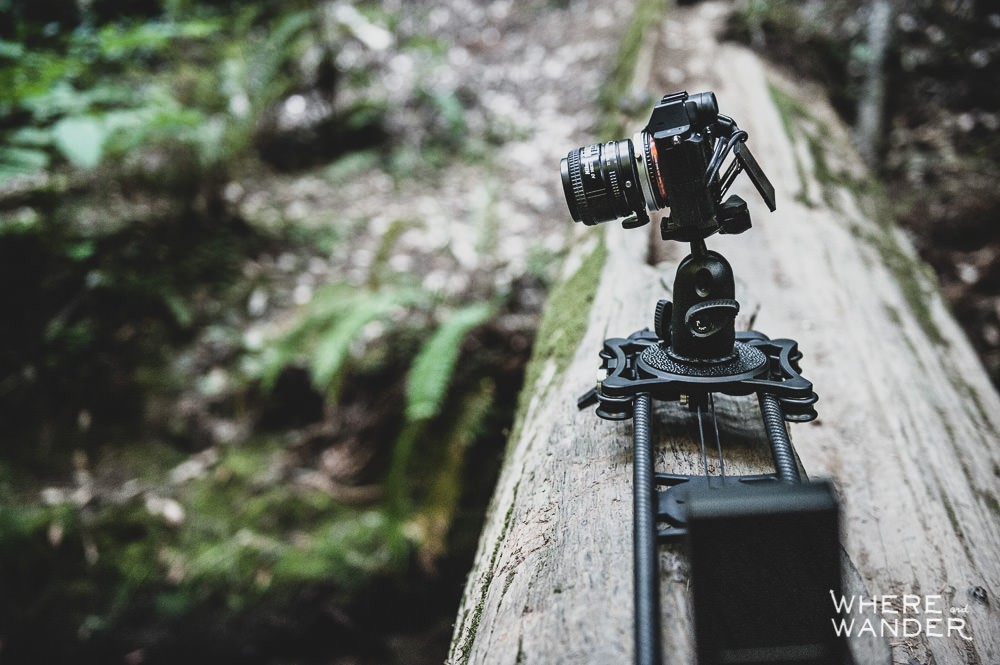
Time Lapse Mode
Ironically, for all the time lapse shooting I do, I have not had a chance to play with this feature yet. Next up is spending a couple of nights in Yosemite to do some astrophotography time lapse with this thing and testing out the advanced time lapse feature. I’ll also see how the battery holds up in cooler temperatures. Where I would have hesitated to take a slider out camping before, at a total of around 10 lbs and fitting on the outside or even the inside of my backpack, this is a much more feasible solution.
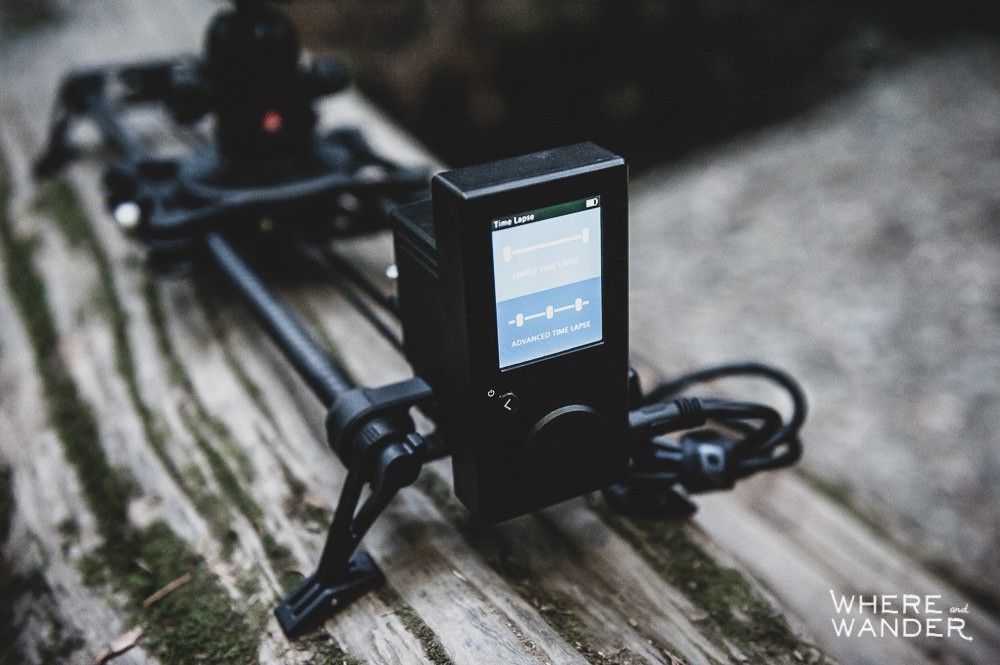
How It Compares
When it comes to sliders for independent filmmakers, there seems to be three categories that split the ocean of sliders available. First up are the the ultra cheap non-motorized sliders in the $100-250 range. These can usually be found when you search for camera sliders on Amazon or Ebay and are often made by a handful of Chinese companies marketed under 50 different brands. These tend to use a ball-bearing system that loses its smoothness over time. It’s also tougher to get a very smooth and consistent long slide. They work but with a bit of elbow grease.
Next is the the mid-range $250-600 category that uses rails and belt driven systems. You’ll find brands like Cinevate and Axler in this category. These tend to be better, but its hard to say what an extra $300 really buys you. There are a lot more options in this category, but I could never one that was easy and light enough to justify the expense. In the $700 and up category, you will find everything you could possibly need. Long sliders, carbon fiber sliders, motorized sliders, etc. Kessler, Redrock, and Cinetics are in this category. Motorized ones tend to start at $1000 and go up very fast. So where does the Rhino Slider Evo Carbon fit in?
At $500 for the 24” carbon fiber slider and $600 for the Motion motor/controller, this is hands down the best combo solution on the market. Rhino offers a longer 42” option and both are available in carbon fiber or a heavier load-bearing steel option. All of these can easily be swapped out on the same system. It’s hard for me to think of a more complete product between the slider and the controller. On its own, the slider’s features make it a perfect travel friendly option, but with the Motion controller, you’re able to do a lot more and with less effort and headache. I love it when I can review and recommend products that are true keepers. This is one of them.
The slider, controller and bundles are available now on Rhino’s website with free shipping.
Updated on May 14, 2018





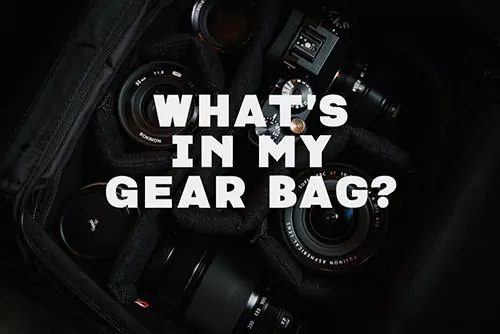
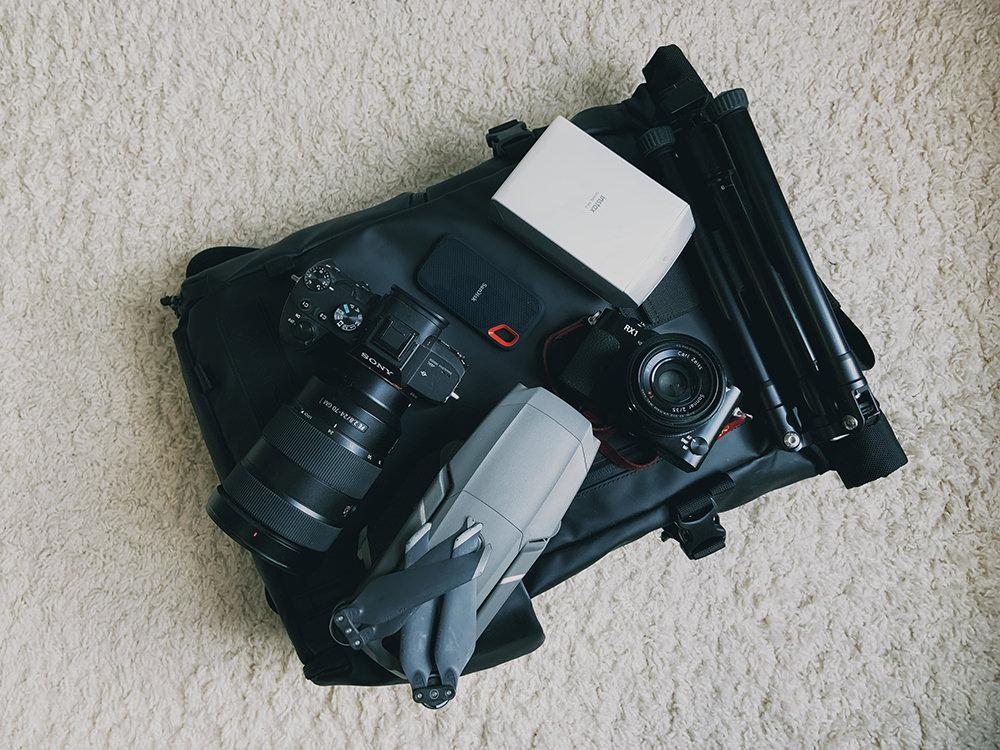

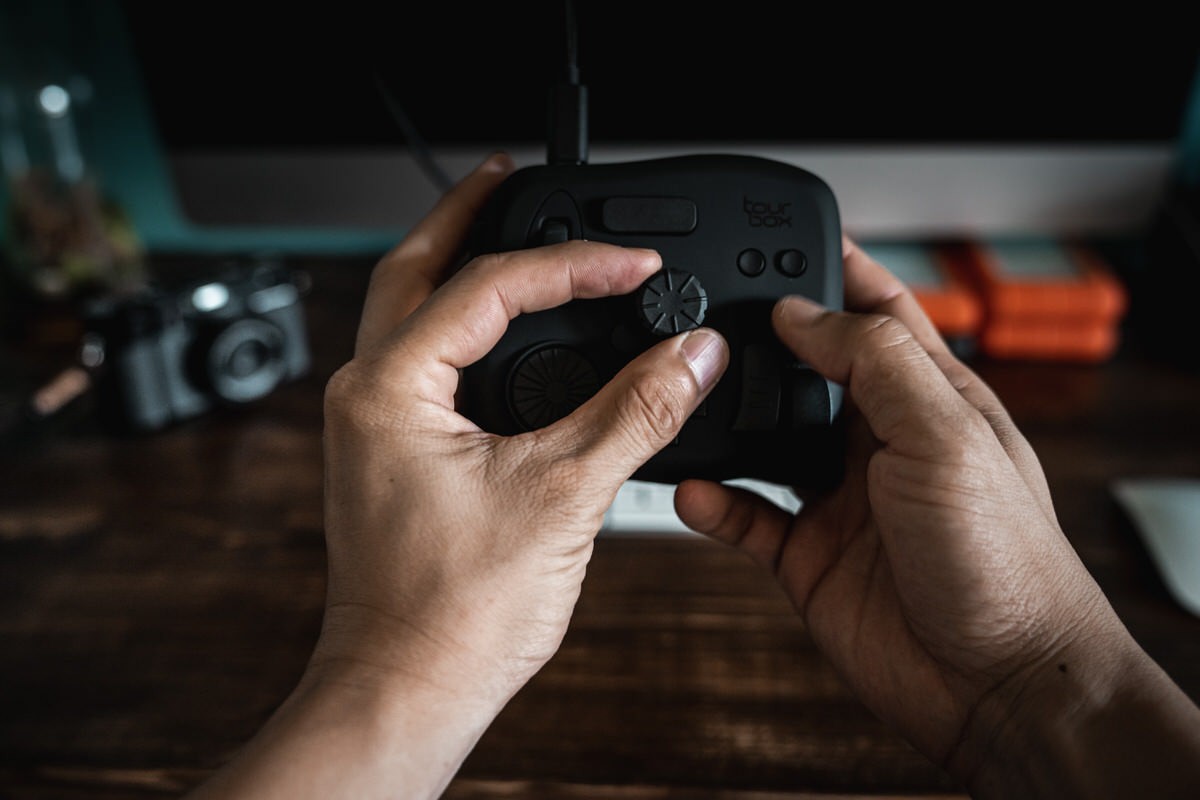
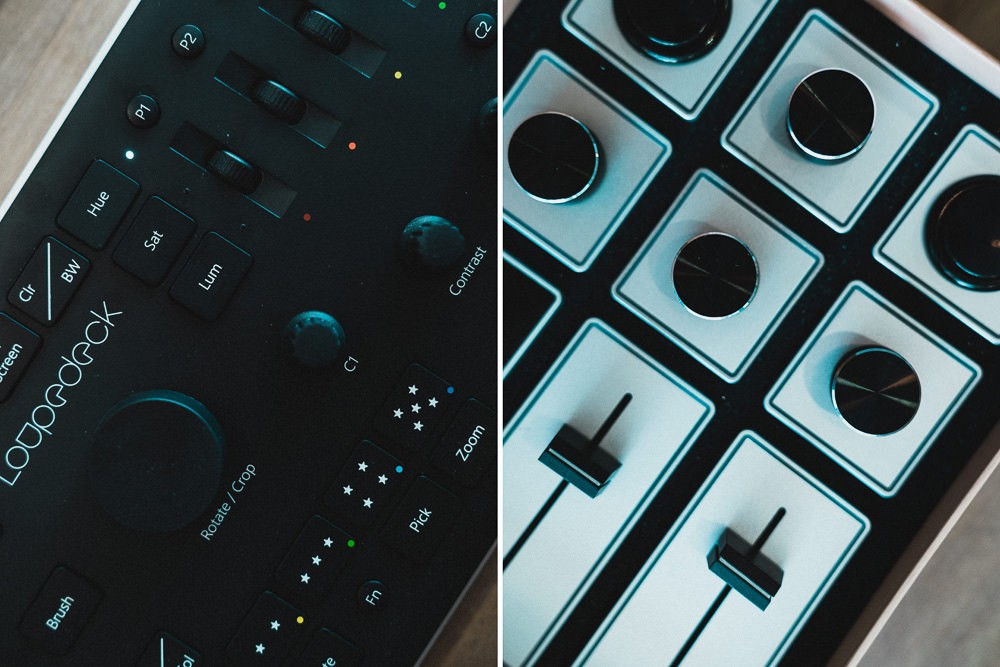

[…] to bring extra gear, I love having this motorized slider on a shoot. You can read my full review here. I went out with Nate of Brugnara Fitness and we wanted to just get some beautiful footage of him […]